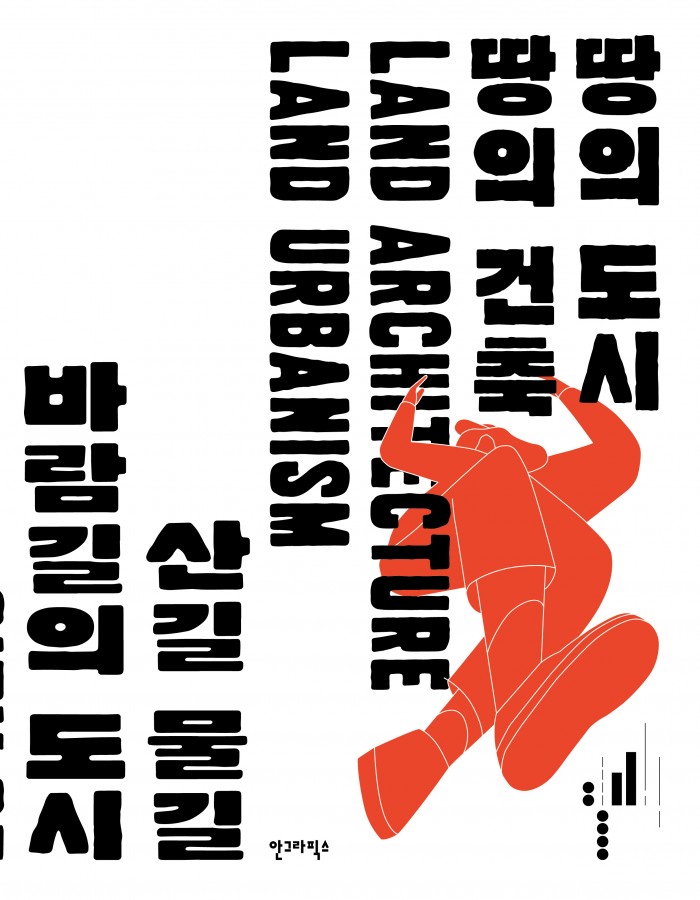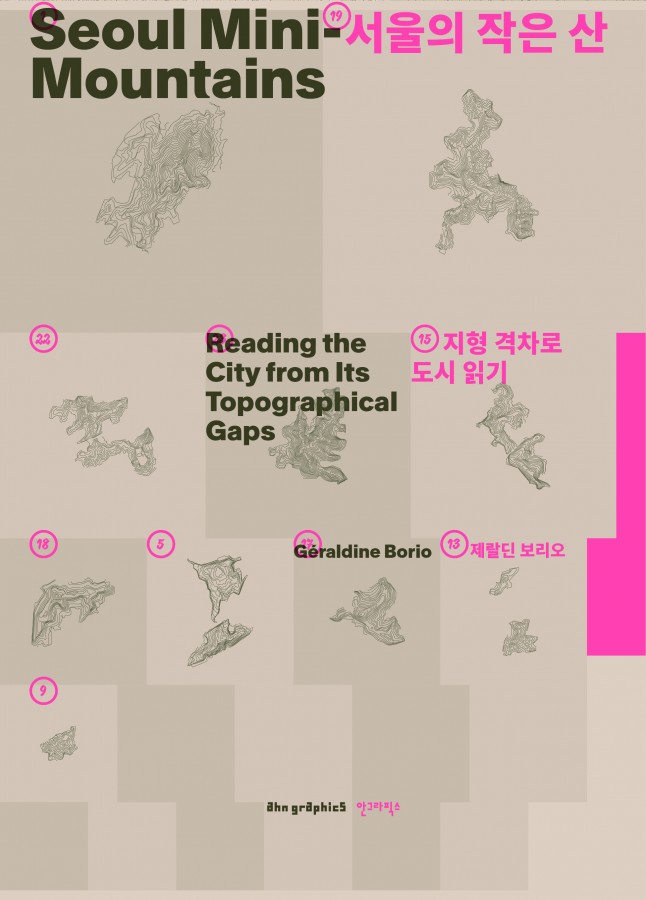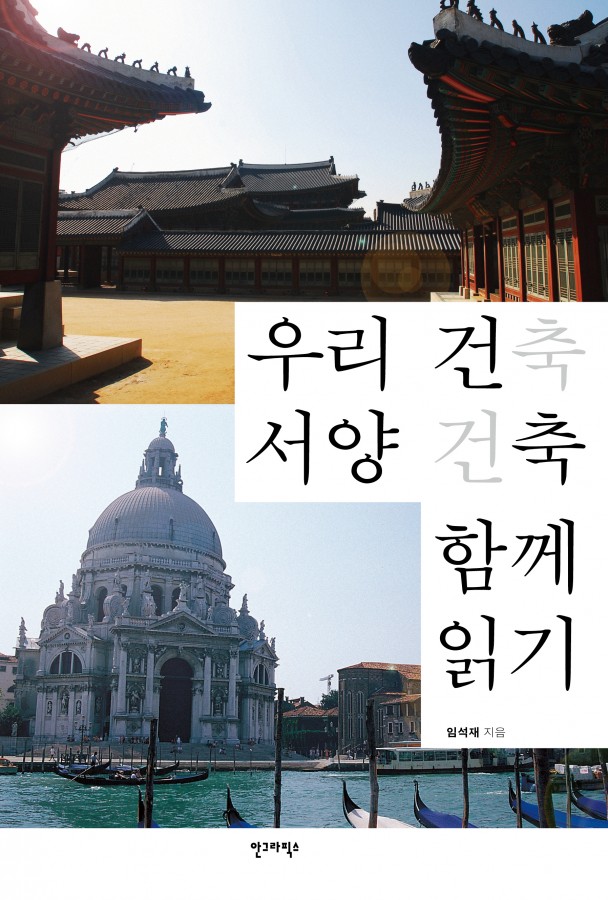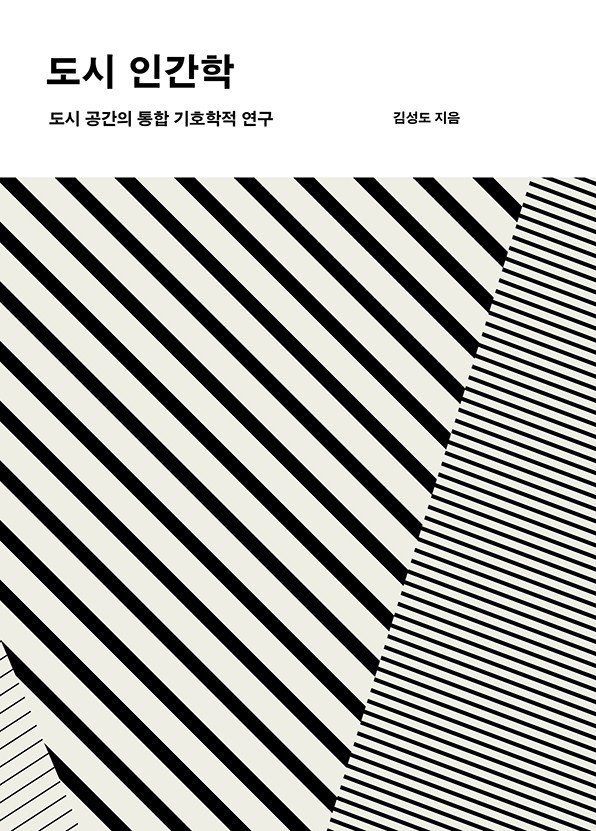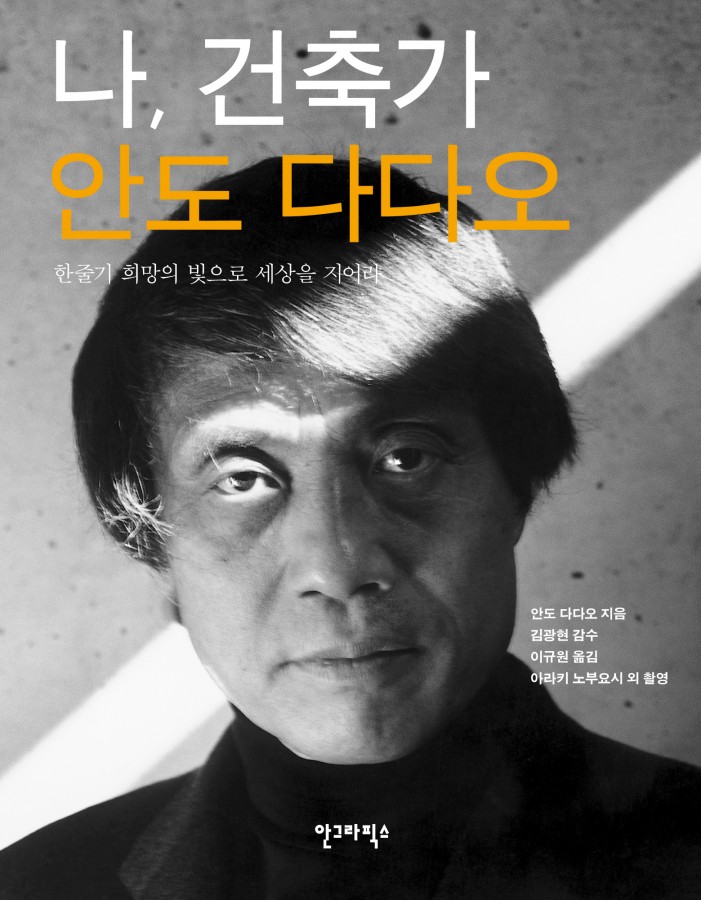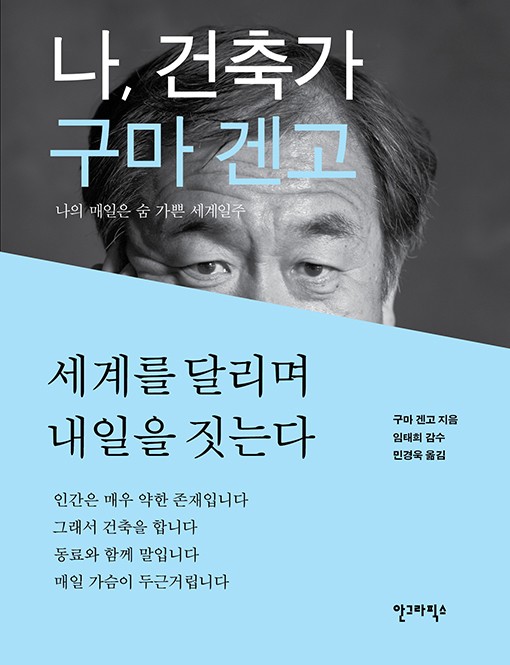Connecting people and things, people and people, people and nature
A Methodology Introduction for Kuma Kengo’s Particle Architecture
Against the ‘Winning Architecture’ That Dominated the 20th Century
Ostensibly a collection of writing that sets out Kuma Kengo’s theories of architecture, but also an antivolume, antimegastructure, and in some sense anticapitalist, left-field critique of where the architecture world finds itself today.
Point·Line·Plane is architectural theory, but written as narrative, full of intriguing vignettes, such as the fact that in Ancient Rome windows were fitted with slices of marble because glass was so expensive. It’s written in a very Japanese form: a series of mini essays that circle around a theme and is aimed at a highly literate audience.
Seventy-two related essays across four sections set out Kuma’s rejection of the architecture of volume and mass that categorized the twentieth century in favor of a more ad hoc architecture that can be easily disassembled and, by drawing on tried and tested practices of the past, touch the earth more lightly.
